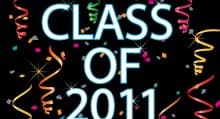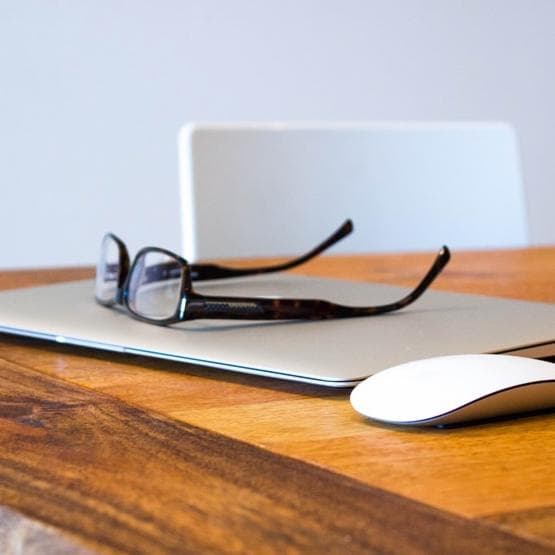Teacher's School Checklist
5 stars
Scores 4.80 with 90 votes

- Students of all ages love to hear stories, especially personal stories. It is very effective in getting attention.
- Bring in an object relevant to the upcoming lesson in a box, bag, or pillowcase. This is a wonderful way to generate predictions and can lead to excellent discussions or writing activities.
- Try making a louder command "Listen! Freeze! Ready!" followed by a few seconds of silence before proceeding in a normal voice to give directions.
- Make use of colored dry-erase pens on white boards, colored overhead pens for transparencies and overhead projectors, and colored paper to highlight key words, phrases, steps to computation problems, spelling patterns, etc.
- Students should be facing you when you are speaking, especially while instructions are being given. If students are seated in clusters, have those students not directly facing you turn their chairs and bodies around to face you when signaled to do so.
- Always allow students to readjust their seating and signal you if their visibility is blocked.
- Turn off the lights and get students to focus by illuminating objects or individuals with the light.
- While you are presenting a lesson or giving a lecture, students fill in the missing words based on what you are saying and/or writing on the board or overhead.
- Write key words or pictures on the board or overhead projector while presenting. Use pictures, diagrams, gestures ;and high-interest material.
- Give yourself and students permission and encouragement to draw even if you lack the skill or talent. Drawings don't have to be sophisticated or accurate. In fact, often the sillier, the better. Have fun with it. These silly illustrations get and maintain attention and help students understand and remember the material (sequence of events, key points, abstract information, etc).
- If you can find a pointer /dowel with a little hand/ finger on it, even better.
- You are able to write down information in color without having to turn your back on the students, thus improving classroom management and reducing behavioral problems. On the overhead, you can model easily and frame important information. Transparencies can be made in advance, saving you time. Then it can be partially covered up, blocking out any distracting, visual stimuli.
- Remove the distracting clutter from the board or screen.
- Ask questions that are open-ended, require reasoning, and stimulate critical thinking and discussion.
- Make all efforts to greatly increase student responses (saying and doing something with the information being taught).
- e., unison responses, partner/buddy responses).
- Instead, have students respond by "telling their partner," writing down or drawing their response, or other alternative way.
- While presenting, stop frequently and have students repeat back a word or two.
- It is not just group work. ADHD students do not typically function well in groups without clearly defined structure and expectations.
- If used properly it is also effective in checking for students' understanding and determining who needs extra help and practice.
- Make sure directions are clear and understood before sending students back to their seats to work independently.
- All students need positive reinforcement. Give positive comments with high frequency, praising students specifically whom you observe to be on-task. This serves as a reminder to students who tend to have difficulty.
- Students might "owe you time" at the end of the day, before school, or for part of recess time. If they are on a point system, they may be fined points if a reasonable amount of work isn't accomplished.
- Some teachers use an auditory signal (like audio tape with intermittent beeps) and students reward themselves with points if they are on-task when the beeps go off.
Suggest Improvements
Rate this Checklist
5 stars
Scores 4.80 with 90 votes







